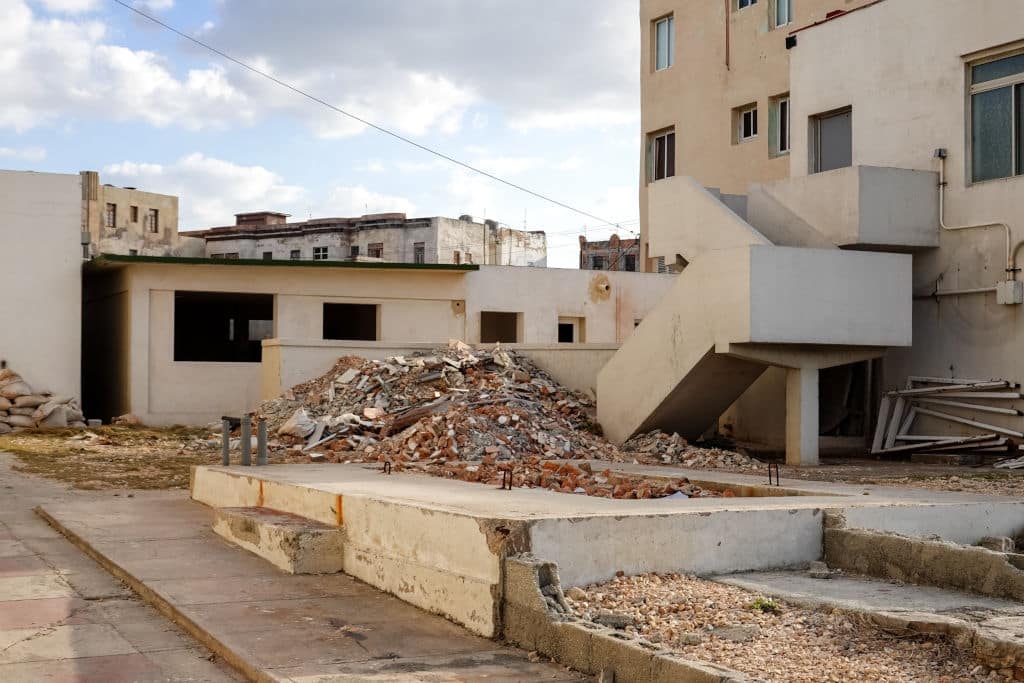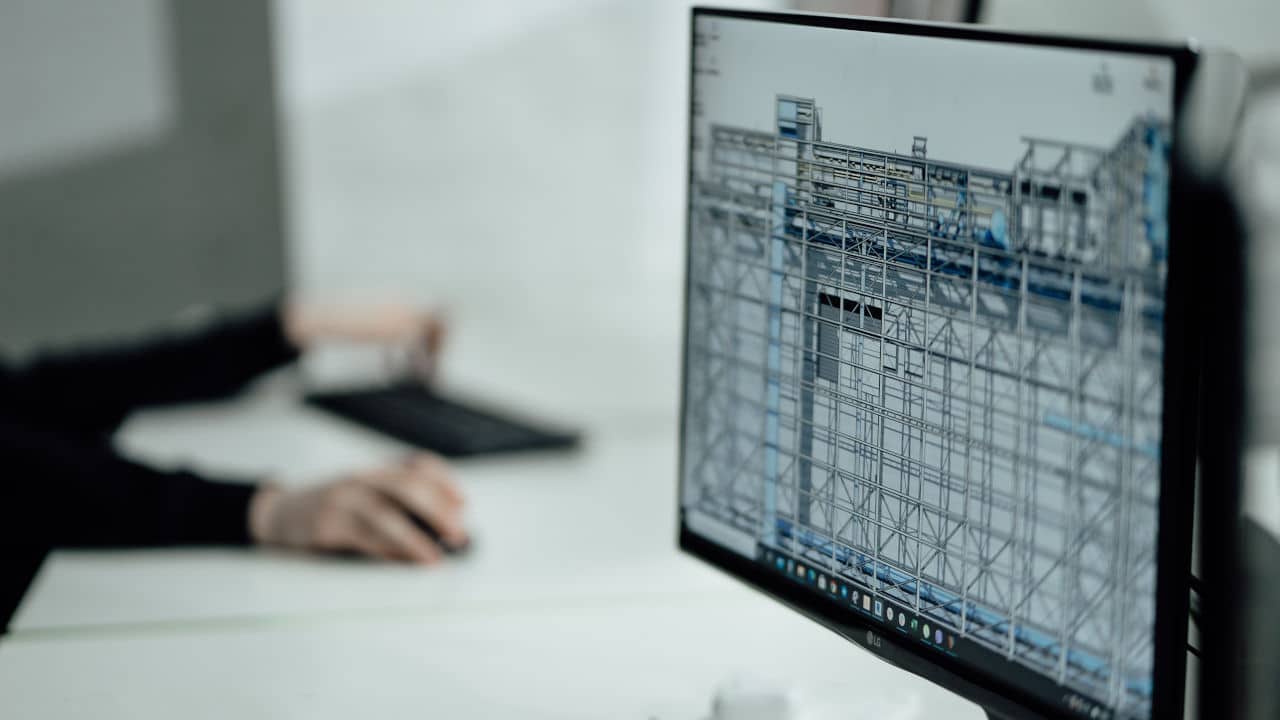According to a published Forbes Homes article, an architect is a professional trained in the art and science of building design. An architect is tasked with making the architectural design of an edifice, amongst other tasks.
They are in charge of designing structure concepts and translating them into images and blueprints that eventually become edifices. Their work entails more than just the aesthetics of a building; they are also responsible for creating safe and functional designs.
Why Are Architectural Designs Important?
A bad architectural design can cause an edifice to collapse. Such collapse may not only lead to environmental damage, but it can also cause serious bodily injury to the occupants of the building or those around the building in the event of a collapse like the construction workers, bypassers, etc.
The cost of treating these injuries, fixing affected environmental facilities can spur victims to opt for litigation to get compensation, and litigation animation can be used in such a case.

Though by no means certain, an architect can be one of the many principal actors involved in the construction of a building that will be held responsible for contributing to the factors that led to the collapse.
However, to hold an architect liable, an attorney has to show that a negligent feature of the architectural design contributed to the collapse.
Litigation Animation and Different Architectural Design Cases Can Go Hand-In-Hand
The case of Sensenbrenner v. Rust, Orling & Neale showed a typical example of a plaintiff suing an architect and a pool constructor for negligent design and supervision.
In this case, the plaintiff claimed that “the defective design caused water pipes to break; that water effusing from the broken pipes has eroded the soil under the pool and under a part of the foundation of the house next to the pool; and that the bottom of the pool and a part of the foundation of the house have cracked as a result of the erosion.”
Litigation animation can be a perfect tool to support this claim and illustrate the broken pipes and how they affected the house’s foundation making it crack.
In addition, using litigation animation to illustrate an architectural design is not limited to showing its defects and explaining how it caused injuries to other parties or properties. It can also be used in a different light.
The case of Johnson v. Jones, even though litigation animation wasn’t used, shows another perspective from which litigation animation and architectural design can go hand in hand.
The case mentioned above wasn’t a case of personal injury or causing an environmental disaster; it was a case of copyright infringement and false designation of origin claims. The plaintiff filed a suit against the defendant because his architectural drawings were altered and used without permission.
Litigation animation can be an excellent tool here to show the plaintiff’s initial design and create the altered design by the defendant to show a comparison between the designs and drive their argument home.
Here, the jury won’t have to be bothered with understanding and reading complex architectural drawings or strain their eyes to understand differences that may look minute and unnoticeable but very crucial.






